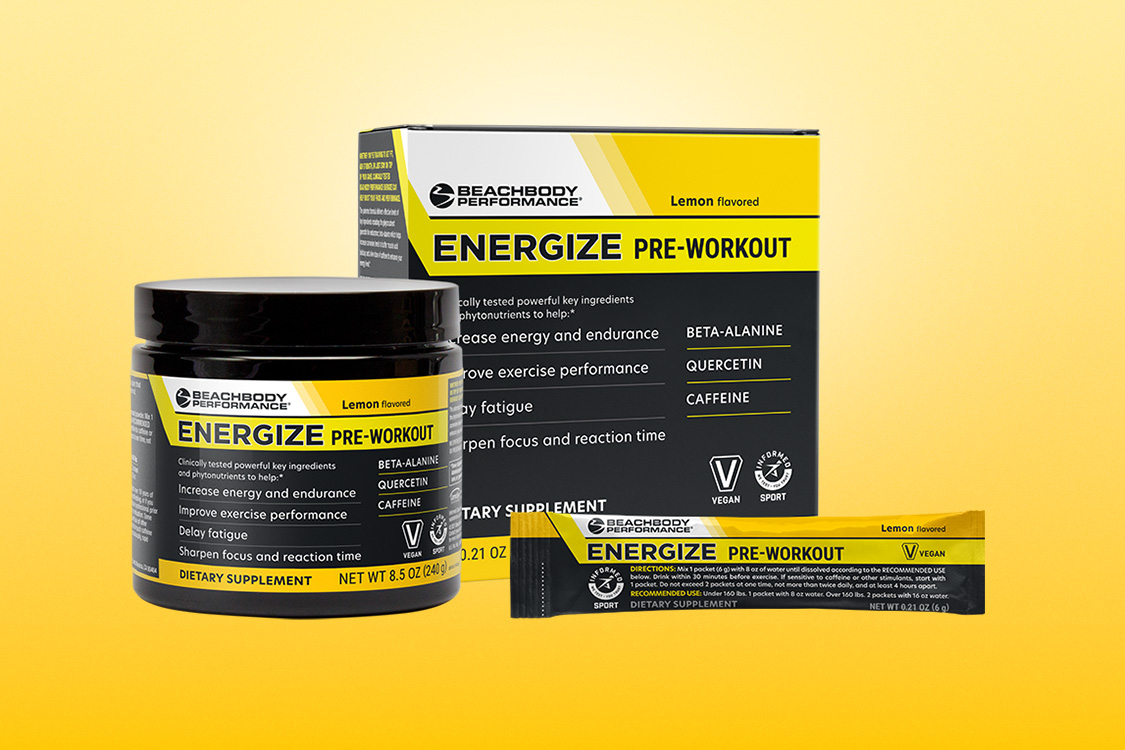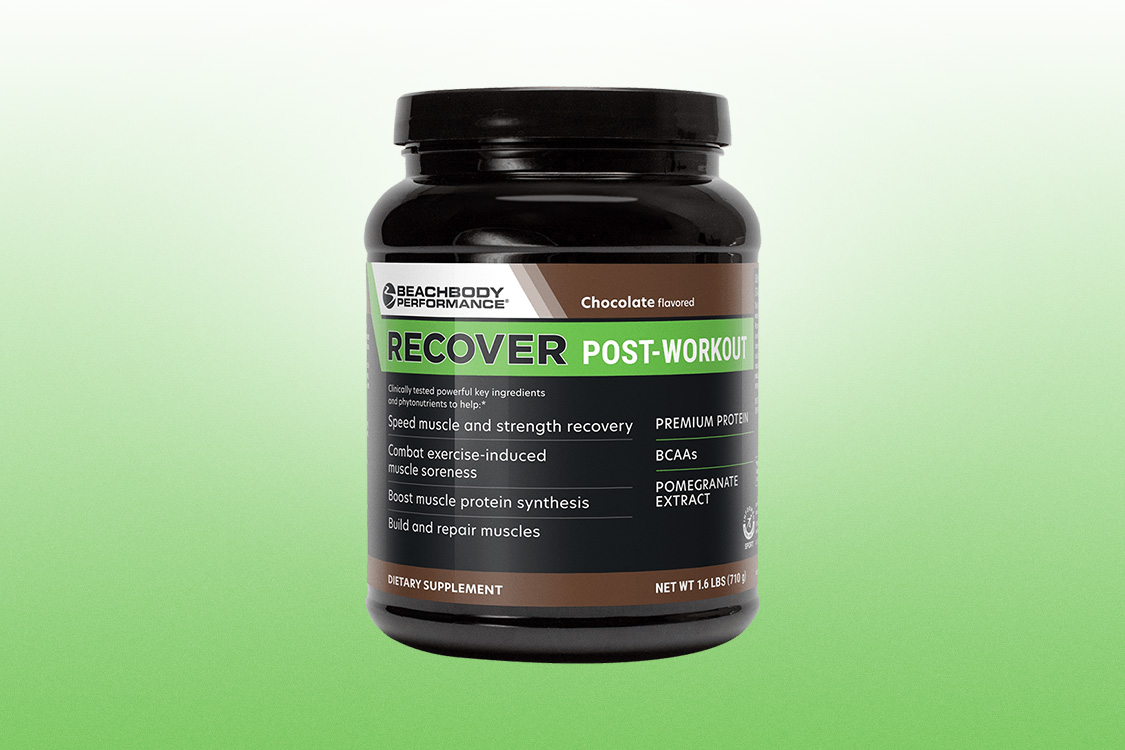Senior Fitness - People in Their 60s, 70s, in Best Shape Ever
Somehow we've come to believe that if we're not natural athletes or haven't made exercise a habit before middle age, the door to getting fit has closed behind us.
That perception is being shattered.
Not only is it never too late to begin exercising, but some late-comers to physical fitness achieve the shape of their lives in their 60s and 70s.
As their ranks increase, seniors are proving to themselves — and to those who have years to go before retirement — that it's possible to reinvent the body even after decades of indulgent meals and little exercise. And for them, as for their younger counterparts, the health and psychological benefits are enormous.
Walk into the Sports Club/LA in West Los Angeles almost any morning and you can't miss John A. McMannus, who at 76 routinely puts men half his age to shame. He bench-presses 300 pounds, pedals a stationary bike at one of the hardest settings, sets the treadmill at a brisk 5.5-mph pace (with a steep incline), and crunches his already toned abdominals.
"With me, it's all competition with myself," says McMannus, a retired airline pilot who got the exercise bug at 50. Now at an age at which many seniors' shoulders already slump, he stands ramrod straight and has the light step of a younger man.
Such vigor and strength in the elderly didn't always seem possible, except for perennial exercise icons like Jack LaLanne.
Just 10 years ago, at 72, Jack Palance riveted an Academy Awards audience with a series of one-armed push-ups the night he won a best supporting actor Oscar. At the time, he was pointedly defying Hollywood's ageism — and the stereotype of a cane-assisted senior.
But that stereotype is rapidly becoming obsolete. As Americans live longer, and more healthily, than ever before, seniors are realizing that fitness doesn't have to decline with age. Their doctors and exercise physiologists agree. Most relatively healthy men and women, they say, need not be limited by age.
"Most fit older adults have at least one to three chronic diseases. We still call them a normal, healthy adult even if they have cardiovascular disease, diabetes, osteoporosis," said Miriam Nelson, a nutritionist and director of Tufts University's Center for Physical Activity and Nutrition in Boston.
McMannus, for example, has overcome chronic back problems and underwent quadruple bypass surgery seven years ago, although he was back in the gym 17 days later. He even has macular degeneration and, by chronicling his symptoms while working out, is trying to help doctors understand the effects of intense exercise on that problem.
One recent day he came home from a doctor's visit and recited his enviable numbers: blood pressure, 126/54; pulse, 47; and body fat, 10 percent to 12 percent.
"As a general view, there seems to be very little evidence that older exercisers — however you want to define that — have to do something different than younger exercisers," said Michael Hewitt, an exercise physiologist who oversees medical, behavioral, nutrition, and exercise physiology activities at the Canyon Ranch health resort in Tucson, Ariz.
The resort emphasizes health, stress reduction, and fitness, even for those with physical limitations.
As landmark studies with nursing home residents and other sedentary seniors have shown, you can build muscle late in life and maintain it. No matter how lofty an older exerciser's goals, he should begin with conditioning, general strengthening, and flexibility and consult a physician before proceeding.
But, Hewitt said, "the biggest mistake that most people tend to make is not to challenge themselves."
Just as it does for younger people, aerobic exercise strengthens the heart and cardiovascular system, reducing the risk of heart attacks. It improves sugar metabolism, reducing the risk of developing diabetes or helping to control glucose levels in diabetics. It improves balance, reducing the risk of falls.
And weight-bearing exercise helps build bone mass to avoid osteoporosis and fractures of the hip and back. It can reverse bone loss in those whose bones already have become brittle.
Do nothing, though, and, beginning at age 35, "you lose a quarter to a third of a pound of muscle every year and gain that much body fat," Nelson said.
Despite all the attention to cardiovascular fitness, strength-training is critical to preserving muscle mass.
"Research is showing us now that over two decades, from 50 to 70, those doing some strength training along with aerobic training don't lose muscle."
Of course, fit seniors' less-than-bulging biceps can be deceptive. They may not be as enlarged as those of a younger person, but those muscles are working much more efficiently.
In the course of her research in several key senior exercise studies, Nelson observed that "once these people started getting stronger, they naturally took up a more active lifestyle."
Among the evidence that seniors are achieving higher levels of activity is the increasing rate of sports injuries. The Consumer Product Safety Commission found a 54 percent increase in such injuries among people 65 and older from 1990 to 1996.
In that same 1998 report, the agency found a 29 percent increase in sports injuries among those 75 and older. The majority of the injuries occurred during activities such as biking, skiing, tennis, and skating.
The report also found a 173 percent increase in injuries related to exercising (including weight training), such as falls, tripping, and strains.
But injuries are no more common among seniors than younger people, and they heal just as well, says Dr. Walter M. Bortz II, a geriatric specialist, author of Dare to Be 100, and a marathon runner.
Bortz, 72, and his wife, Ruth Anne, 71, recently became the first couple older than 70 to finish the Boston Marathon. She was the only woman over 70 to cross the finish line; he finished 26th among the 29 men over 70 who completed the race.



